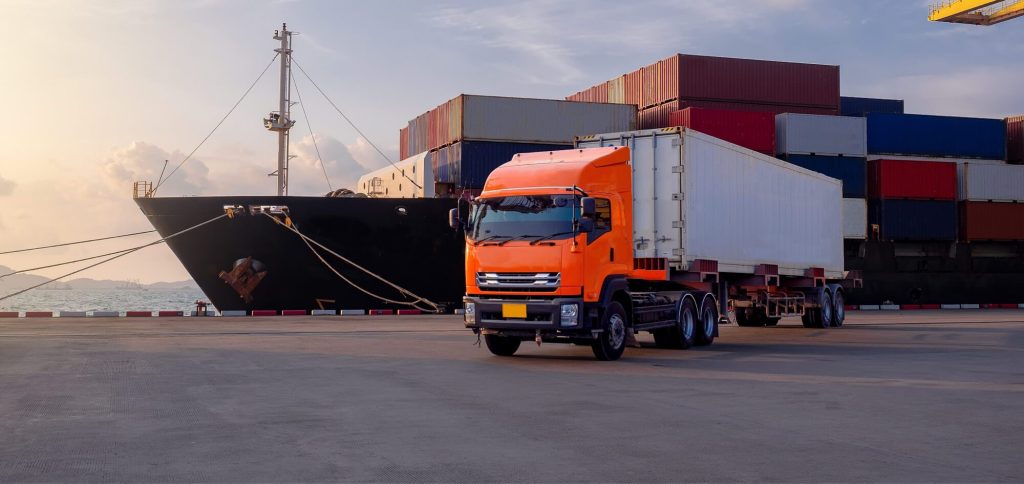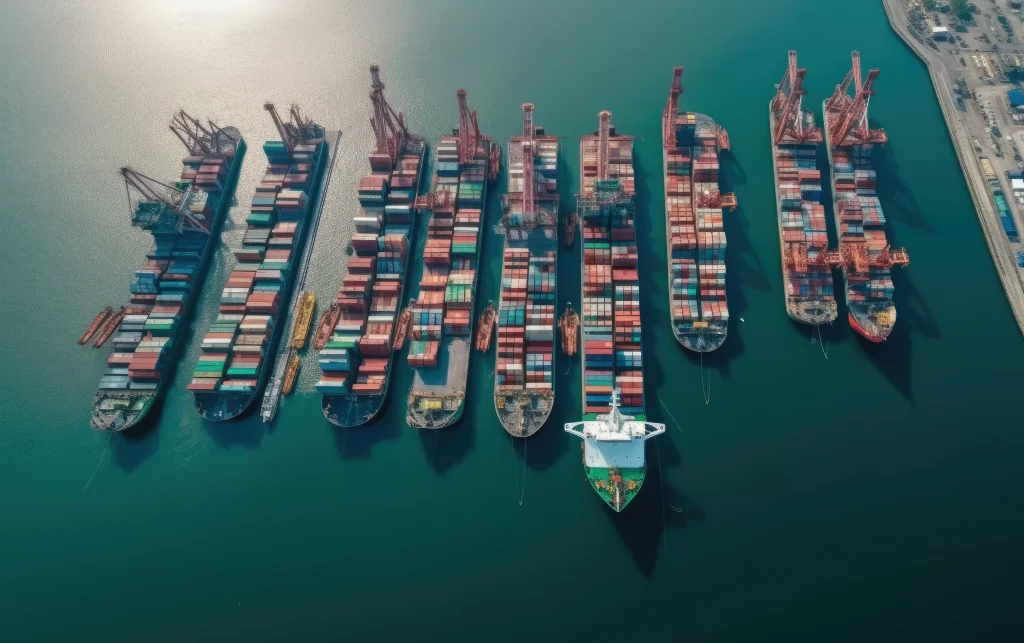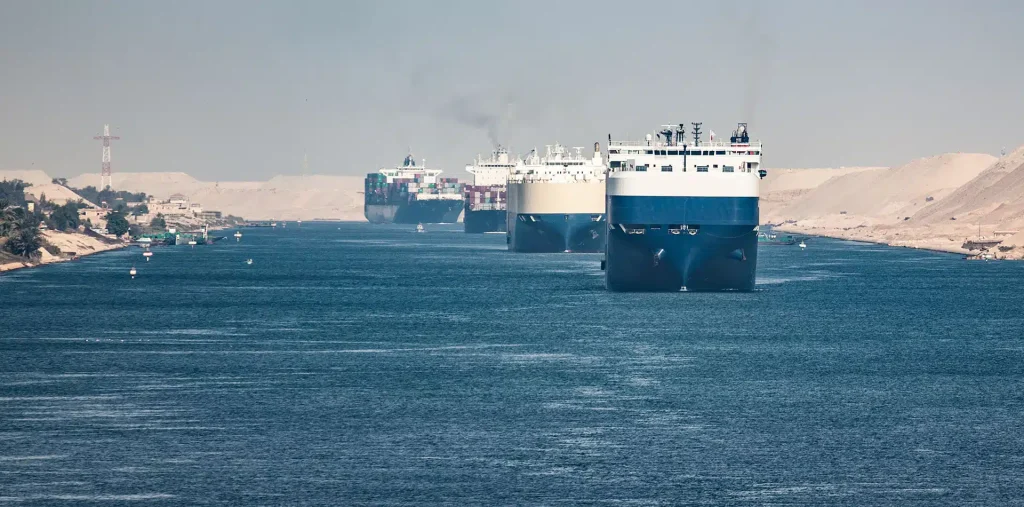Ocean freight visibility solutions are increasingly moving from a nice-to-have to a need-to-have innovation for many companies. Over the last few years, millions of dollars have been invested in ocean freight visibility solutions. However, clients often express discontent, saying that they would have expected these solutions to be more advanced by 2023.
In the pursuit of improved visibility, we must look at the underlying data. The truth of the matter is that no single entity has complete control over the data needed by cargo owners to track and impact global shipments. This underscores the necessity for aggregation, integrations and partnerships, as this is how we can stitch together all the different data elements.
There’s also the concern of whether the data provided by carriers is sufficient, or whether installing IoT devices is an unavoidable action we need to take to further improve visibility. So the question is, what will it take to advance the data that creates the visibility so desperately needed by clients to keep their supply chain operations running as smoothly as possible?
The elements that define data quality
In today’s world, clients expect the same level of freight quality visibility as they expect from Amazon when they order a product. Data quality is determined by elements such as accuracy, completeness, format, and consistency. Although clients (or data users) prioritize the above-mentioned elements differently based on their needs (e.g., one user can value accuracy more than completeness and vice versa), it is ultimately the ecosystem’s data providers that collectively supply comprehensive visibility, and ocean data aggregators play a significant role in this.
Inadequacy of data quality provided by carriers
The data offered by carriers seems to have an inadequate level of quality. If you think about it, there wouldn’t be a need for ocean supply chain visibility data services if the data provided by carriers was in fact high data quality. A way of increasing visibility is to provide detailed data on a container’s entire journey and not just detailed data once the container is on a truck or rail. Another aspect is the availability of predictive ETA which can significantly help enhance planning processes.
Unintegrated shipment data due to lack of standardization
Many carriers haven’t yet adopted the DCSA data format as a standard. Consequently, this affects the integration of shipment data from origin to destination. Due to this lack of standardization, each carrier might have their own data structure. As a result, it is crucial for data providers to interpret the various data feeds and make them accessible for visibility providers to use.
Containers will soon have built-in IoT devices
It’s only a matter of time before containers have built-in IoT devices installed as hardware. This is a necessary evil in order to provide granular visibility. However, this does not obviate the need for message-based providers like GateHouse Maritime, as this gives us the opportunity to fill the gaps in the data (e.g. ETA, ETD), provide accurate predictions to assist with planning processes, and structure carrier data for ease of integration with other analytics tools, IoT solution providers (we can provide visibility when the IoT device is outside of communication range), or freight forwarders and 3PLs.




